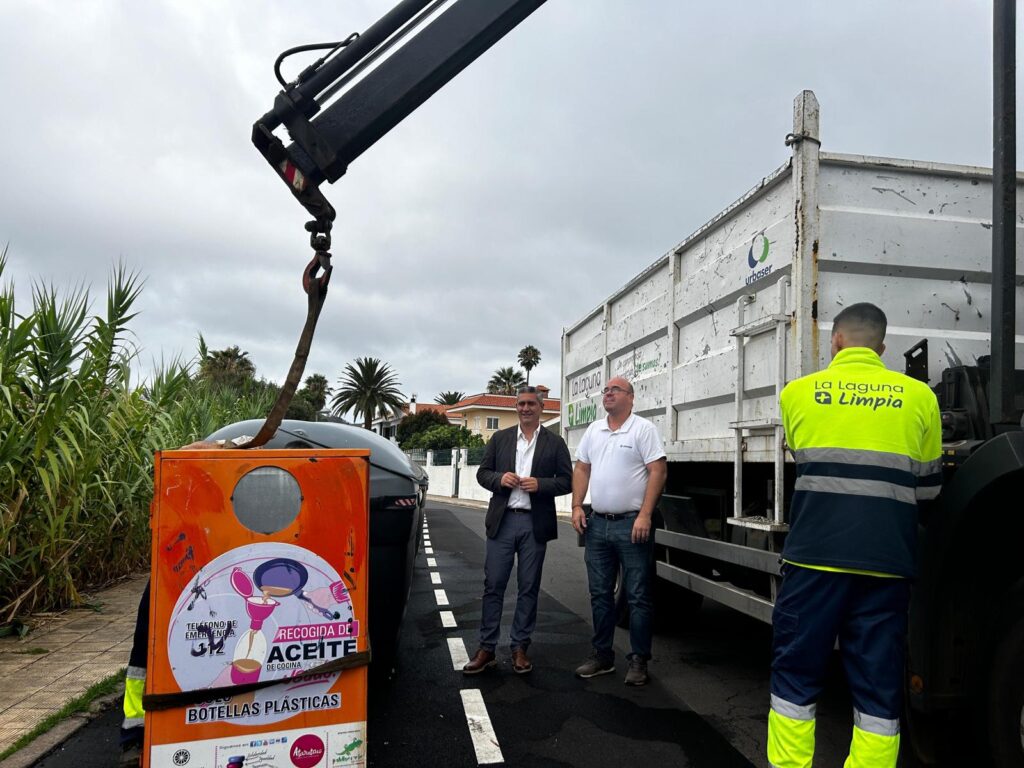Santa Cruz de Tenerife 27 Feb. (Europa Press) –
The Aguas de Tenerife Board, an entity under the Cabildo de Tenerife, has commenced the revision process of the Hydrological Plan for the Tenerife Hydrographic Demarcation for the Fourth Planning Cycle, which will span the period from 2027 to 2033.
This revision is aligned with the regulations established by the European Union’s Water Framework Directive and Royal Decree 907/2007, dated 6 July, which governs hydrological planning in Spain.
The Tenerife Hydrological Plan is a dynamic document that undergoes revision every six years to assess and enhance the management of the island’s water resources, as noted by the corporation.
Updating this plan facilitates ongoing monitoring of the condition of water bodies and protected zones, allowing for adjustments to meet new environmental and societal demands.
The existing cycle, which was approved in September 2023, will remain in effect until 2027, while the new planning is currently in the initial stages.
The Minister of Natural Environment, Sustainability and Safety and Emergencies, Blanca Pérez, emphasises that revising the Tenerife Hydrological Plan is essential for assuring sustainable and effective management of the island’s water resources.
“The plan will enable us to collaborate with the entire sector to find solutions tailored to the needs of Tenerife,” she asserts.
Blanca Pérez further explains that “involving citizens and local bodies in the public consultation will enrich the process, guaranteeing that the decisions made address both the present and future requirements of the island.”
Consequently, the Insular Water Council of Tenerife has initiated the procedure, which will entail 18 months of consultation and public engagement, thereby ensuring that the final plan reflects the community’s needs and concerns prior to its final approval, slated for the end of 2027.
This review includes a series of preliminary documents detailing the process work programme, a planned timeline, a comprehensive study of the hydrographic area, and strategies for public consultation and participation.
This documentation has been revised with the most current sources of information and existing regulations, incorporating enhancements in demand forecasts, hydrochemical characterisation of water bodies, and surface hydrology models.
Additionally, the Aguas Insular Council of Tenerife presented the ‘Review of the Preliminary Assessment of Flood Risk (EPRI) of the Hydrographic Demarcation of Tenerife’ on Thursday, relevant to the third planning cycle (2027-2023).
This document, formulated in compliance with Directive 2007/60/EC and Royal Decree 903/2010, aims to update and manage the current PGRI approved in September 2023, encompassing flood risks from both rainfall and coastal sources on the island to mitigate their adverse impacts.
The analysis concludes that, at present, it is unnecessary to alter the areas of significant potential flood risk (ARPSIS) defined in the second cycle, although this may change as the studies for the formulation of the current plan progress in the coming months, particularly given the ongoing need to evaluate climate change impacts.
Extension of the Water Emergency Declaration
The General Meeting of the Insular Water Council of Tenerife has also approved an extension of the Water Emergency Declaration for an additional eight months, thus prolonging its effects until the end of October.
Insufficient Rainfall
This decision was made after reviewing technical reports indicating that rainfall levels are inadequate due to rising water consumption and agricultural water use, alongside the depletion of aquifers brought about by the severe drought affecting the island in recent years.
The Water Emergency Declaration was initially enacted on 29 May 2024 for a duration of six months and was subsequently extended for a further three months until 28 February.
This extension was contingent on the possibility of significant rainfall that would permit an early termination of the Water Emergency Declaration, which unfortunately did not materialise.
Blanca Pérez notes that the island has experienced “extreme drought” conditions for 200 weeks, necessitating the extension of the water emergency declaration.
“The majority of the 75 measures laid out to ensure supply and mitigate drought have already been implemented, and in the coming months, we will have approximately 50,000 cubic metres of water daily, a figure that will effectively triple our water production since the declaration of emergency last May. However, the weather conditions remain extraordinary. We are already exploring new measures in addition to those included in the Water Emergency Declaration,” she states.
















